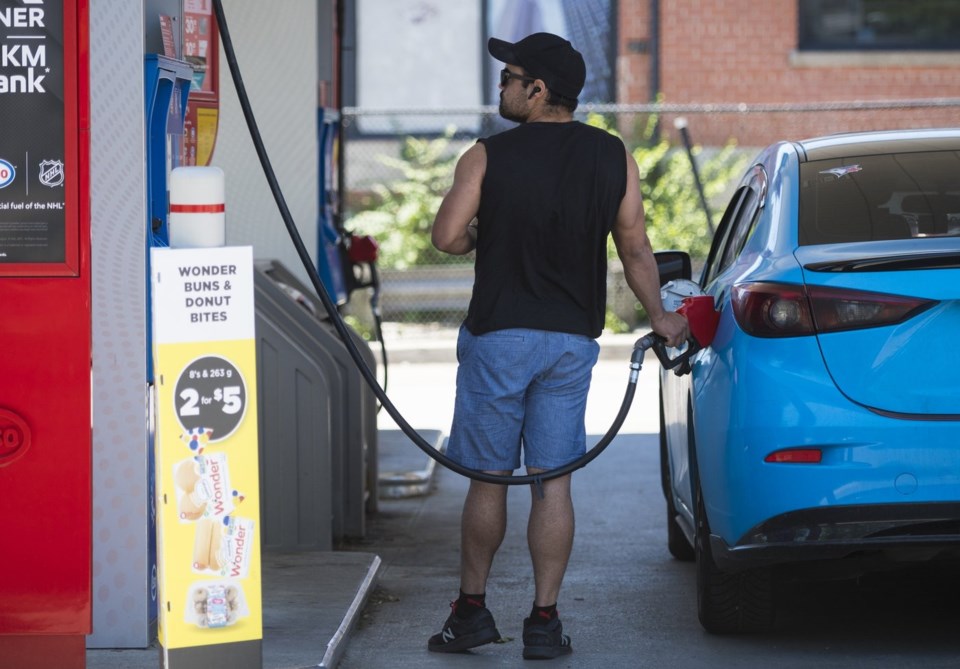OTTAWA — Inflation cooled in July thanks largely to relief at the gas pumps, but Statistics Canada said grocery and shelter costs were accelerating last month.
The annual rate of inflation fell to 1.7 per cent in July, the agency said Tuesday, down from 1.9 per cent in June. The reading was a tenth of a percentage point below most economists' expectations.
A 16.1 per cent decline year-over-year in gas prices tied mainly to the removal of the consumer carbon price earlier this year fuelled the drop.
Gas prices were also down 0.7 per cent on a monthly basis. Statistics Canada pointed to increased production from oil-exporting countries, as well as a ceasefire in the conflict between Israel and Iran, as driving down global crude oil prices.
Beyond the gas pumps, there were signs of prices accelerating at the grocery store and in housing.
Inflation on food from the grocery store accelerated to 3.4 per cent annually in July, up from 2.8 per cent in June.
Confectionary prices rose 11.8 per cent per cent and coffee gained 28.6 per cent to be among the biggest contributors to food inflation last month. Statistics Canada said poor growing conditions in countries that produce cocoa and coffee beans were to blame for higher costs.
Prices for fresh grapes were up nearly 30 per cent, driving the overall cost for fresh fruit up 3.9 per cent in July compared with 2.1 per cent in June.
Shelter inflation also saw a modest acceleration to three per cent last month from 2.9 per cent in June, marking the first increase in the category since February 2024.
Rent price growth picked up in July, particularly in Prince Edward Island, Newfoundland and Labrador and British Columbia. Lower mortgage costs are still moderating the overall increase in shelter inflation.
Prices for natural gas fell to a lesser degree than in June, thanks mostly to higher costs in Ontario.
The Bank of Canada will be parsing the inflation figures closely as it prepares for its next interest rate decision on Sept. 17. The central bank held its policy rate steady at 2.75 per cent at its most recent decision at the end of July.
BMO chief economist Doug Porter said in a note to clients Tuesday that there weren't enough signs of easing in the price data to convince the Bank of Canada to break its streak of three consecutive rate holds.
"There were no big surprises in the July inflation report, but we probably need a downside surprise at this point to prompt the BoC off the sidelines," he said.
Statistics Canada said the Bank of Canada’s preferred measures of core inflation, which tend to strip out more volatile price changes, held around three per cent in July.
CIBC senior economist Andrew Grantham said in a note that the lack of easing in core inflation can mostly be attributed to the base-year effect — the distortion from price movements last year on a particular month's annual inflation comparisons.
He said the shorter-term, three-month core inflation readings now show an annualized rate of 2.4 per cent for July.
Grantham said there's still more data to come before the Bank of Canada's next rate decision, but the July inflation figures support his call for a quarter-point cut in September.
Porter agreed that if that more recent trend in core inflation is maintained and the economy remains soft, "that will eventually set the stage for BoC cuts."
This report by The Canadian Press was first published Aug. 19, 2025.
Craig Lord, The Canadian Press




